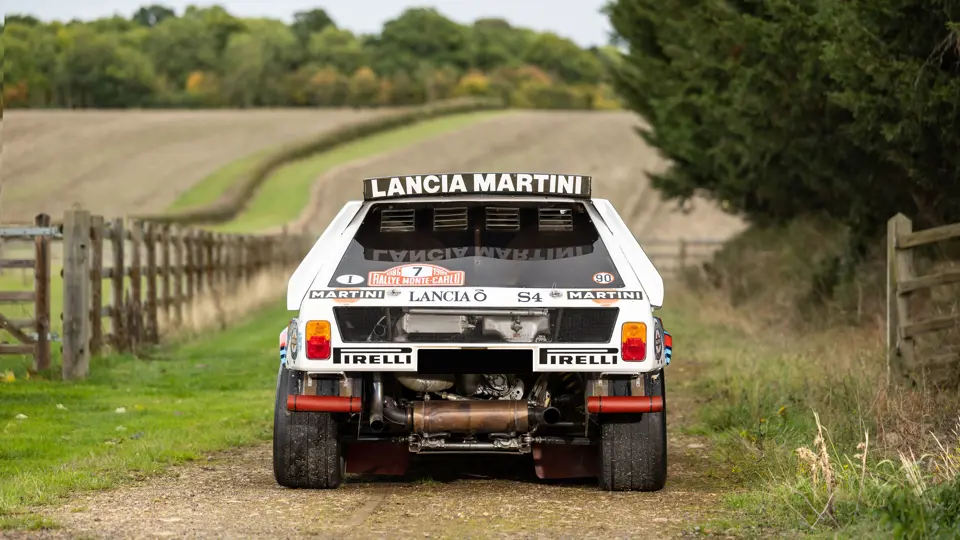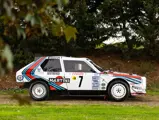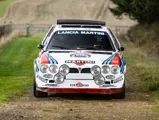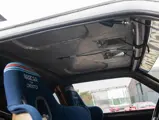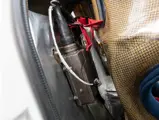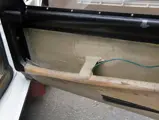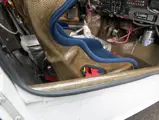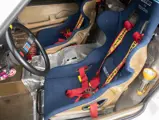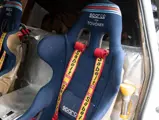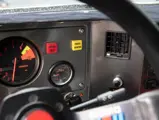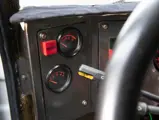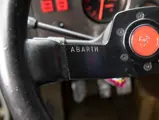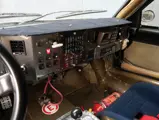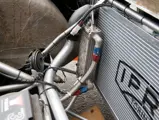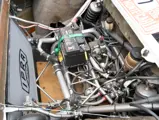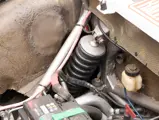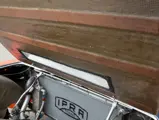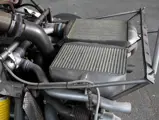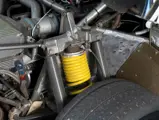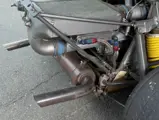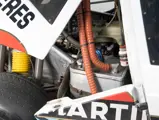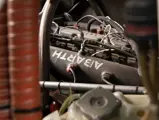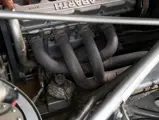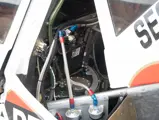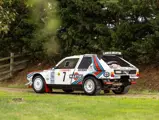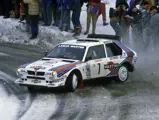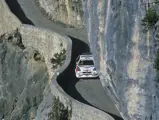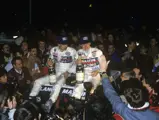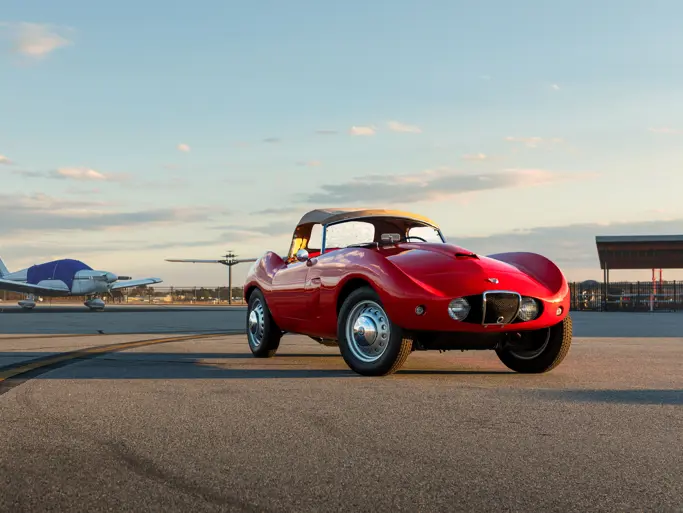
1985 Lancia Delta S4 Group B Works
{{lr.item.text}}
£1,636,250 GBP | Sold
Offered from The Gran Turismo Collection
{{bidding.lot.reserveStatusFormatted}}
- Part of The Gran Turismo Collection
- Henri Toivonen’s last WRC winner; the 1986 Rallye Monte-Carlo winner
- The fastest and most fearsome rally car produced by Lancia
- A technological masterpiece weighing only 890 kilograms
- Powered by a 480 horsepower twin-cam four-cylinder 1,759 cc engine, with forced-induction by supercharging and turbocharging
- The most highly regarded Delta S4 in existence
Lancia’s star may have slowly begun to fade, but the Italian marque maintains a long and rich history of innovation and resourcefulness. It produced some of the most beautiful cars ever made, as well as some of the most technologically extreme. Much like its compatriots at Maranello, the company seemed to be fuelled by passion. Its record as the most successful manufacturer in World Rally Championship history speaks for itself, despite having not entered a factory team since the end of 1993. Without doubt, the most extreme Lancia ever produced was the Delta S4.
Lancia’s rally success began with the diminutive Fulvia, before the arrival of the incredible purpose-built Stratos. After Fiat Group’s takeover, the Stratos became increasingly politically sensitive as it was a homologation special that looked more like a Miura than any of Lancia’s products, and in the process of asserting its dominance it killed off the Beta Coupé’s career. For rallying, the Abarth workshop’s Works support shifted to the Fiat 131, with Lancia sent off to successfully become class champions twice in the World Sportscar Championship with the Beta Montecarlo Group V. During this time, though, the Stratos continued to cause political problems by winning international rallies up until the introduction of Group B in 1982.
The Rally 037 was developed with the Beta Montecarlo as a loose basis and it was very successful, gaining Lancia another Group B World Championship despite the category being a step-change from Group IV. What became increasingly apparent soon after the 037’s debut was that Audi’s Quattro programme had rung the death-knell for two-wheel-drive rally cars. It was clear that to remain at the top of their game, Lancia engineers would need to go back to the drawing board, which they duly did over the winter of 1982/83 with the SE038. Between Cesare Fiorio, Sergio Limone, and Giorgio Pianta, Lancia had enormous amounts of experience of winning rallies and developing world beaters.
Lancia had a history of starting from scratch for new cars, and the SE038 project was very different to the 037. Firstly, the chassis was a tubular spaceframe, with the idea that such a structure could be more easily repaired mid-rally. The engine was all-new with a capacity reduction to 1,759 cc to allow a reduced minimum weight as per Group B regulations. Lancia had tested turbocharging with the 037, but it regarded turbo-lag as a major issue. In order to combat this, Lancia developed an extraordinary supercharger and turbocharger arrangement so that the supercharger reduced turbo-lag low down in the rev-range and the turbocharger took over matters higher up. It was an ingenious concept, and despite the reduction in capacity, the power output increased to a prodigious 480 horsepower.
As with the 037, the SE038 used Kevlar composite throughout the car in order to keep weight to a minimum. Additionally, the boxy shape was optimised to develop as much downforce as possible; it wasn’t pretty, but as with the 037, the car had to resemble a production Lancia, and that was the Delta. Eventually, the SE038 was renamed the Delta S4 to make its likeness official, S4 reflecting the supercharged and four-wheel-drive configuration.
One area that Lancia knew it had to not only catch up its rival but advance further was the four-wheel-drive system. Lancia engineers knew of the Audi’s limitations, so they realised that they had to master the central differential to gain the grip such a system offered while not hugely compromising handling.
The Delta S4’s WRC debut at the 1985 Lombard RAC Rally was a huge success with a 1-2 finish for Toivonen-Wilson and Alén-Kivimäki, although helped in part by the retirement of a familiar Audi Quattro S1 E2.
Hopes were high for the S4’s 1986 season, especially with the hugely talented Henri Toivonen and vastly experienced Markku Alén driving for the team; both were potential champions. This Delta S4, chassis 215, was finished in Martini colours for the opening round, the legendary Rallye Monte-Carlo. Henri Toivonen and his new co-driver Sergio Cresto lined up with number “7” and proceeded to utterly decimate the competition with a one minute, 40 second lead over Röhrl’s Audi, until after SS12 when a passing road user lost control and smashed into Toivonen’s S4.
For many cars this would have been a rally ending accident—one wheel was lost, the chassis was damaged, and the front clam was destroyed. Some roadside repairs allowed chassis 215 to continue to the next stage. Over five or so successive short service stops, Lancia Corse managed to repair the car. The damage, compounded by a poor tyre choice, dropped Toivonen down to 2nd overall. By SS27 this S4 was looking in better shape, and Toivonen was on the form of his life. He proceeded to win stage after stage—only Röhrl could compete, and by the finish Toivonen was over 4 minutes ahead of Timo Salonen in 2nd. It was an emphatic victory and promised so much for Toivonen’s World Championship hopes; tragically none of this was to be.
Following the Rallye Monte-Carlo, chassis 215 was used as a reserve car for Toivonen at the Rallye de Portugal, Alén at the Tour de Corse, and Mikael Ericsson at the Acropolis Rally. After the demise of Group B, chassis 215 was used by Illide Romagna to finish 2nd in the 1988 European Autocross Championship, and in the following year it won the event. Its final public appearance was as the course car for the 1990 Rally Alpi Orientali. Following these sparse appearances, chassis 215 was sold to a Japanese collector.
In 2013, this historic Delta S4 was purchased by a British collector who imported it from Japan to the UK. It entered The Gran Turismo Collection in 2019 and has been cared for by BGM Sport ever since. More recently it has made demonstration appearances at events such as the Goodwood Festival of Speed.
As the car that Toivonen and Cresto achieved their last great WRC victory with, it serves as a wonderful homage to them. Following the banning of Group B, several Delta S4s were condemned to years of punishing rallycross competition, which naturally compromised their originality. This Works Delta S4, presented in iconic Martini colours, was spared a tough post-factory life, and is now one of the most original survivors. With an extremely important history and well-regarded originality, the opportunity to own a Delta S4 of this calibre will be unrepeated. The 1986 Rallye-Monte Carlo rally is widely regarded as the pinnacle point of the hallowed Group B era and arguably of the WRC. The historical significance of chassis 215 should not be underestimated.
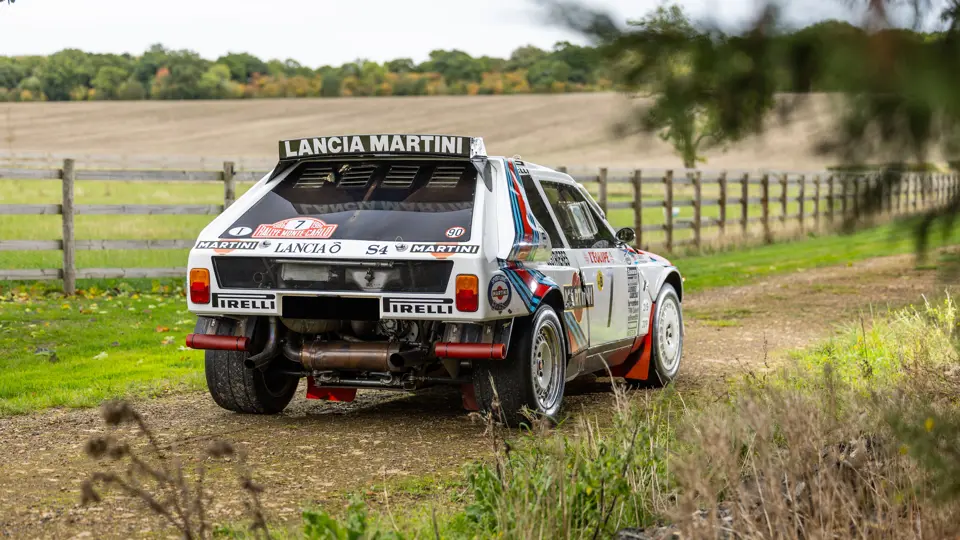



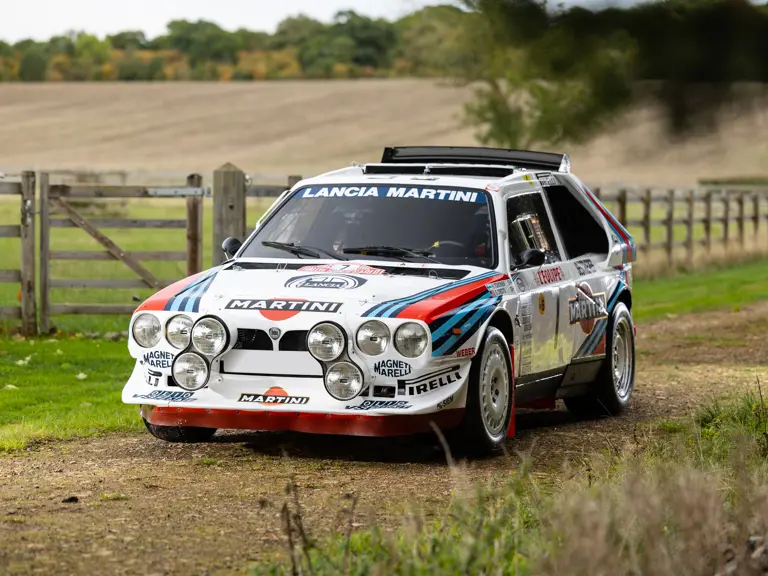
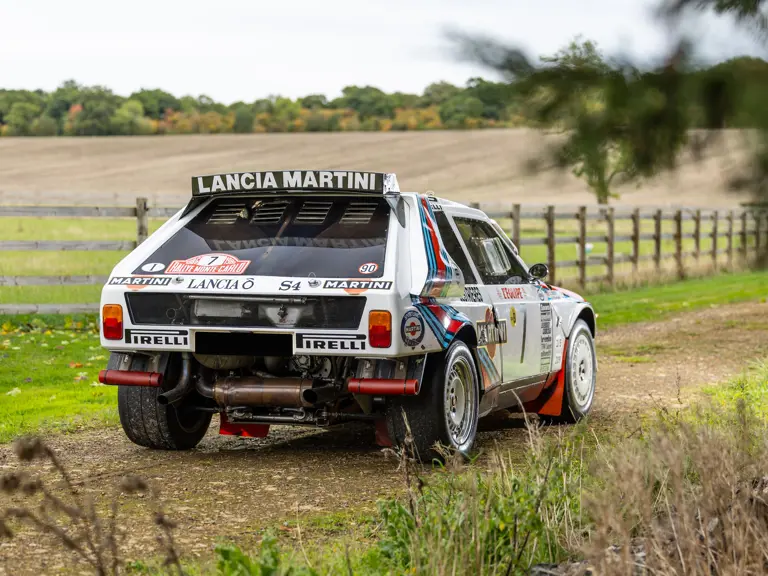
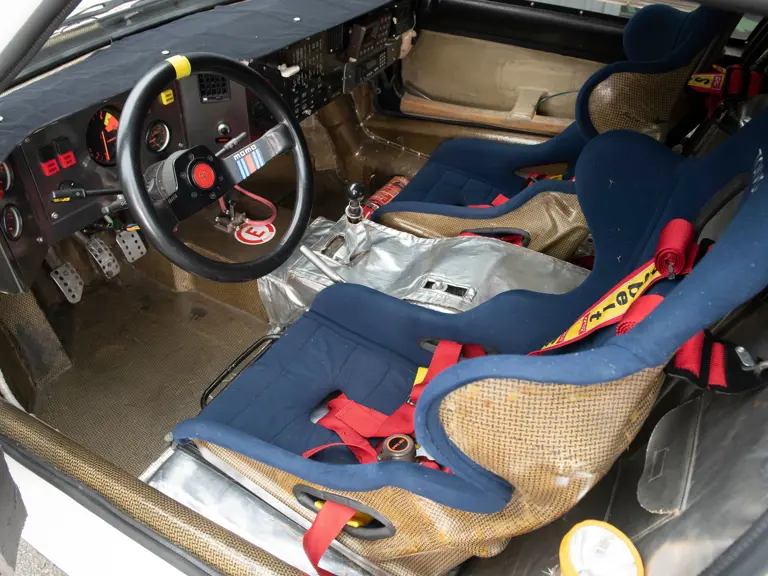
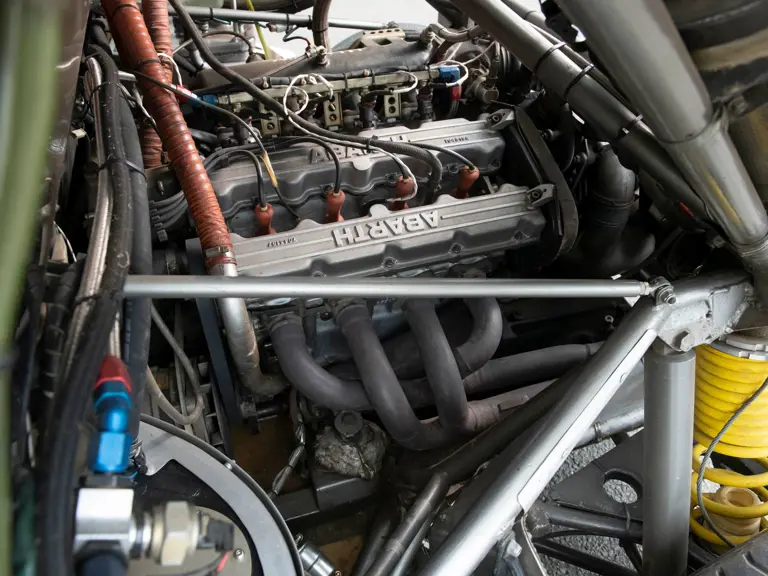
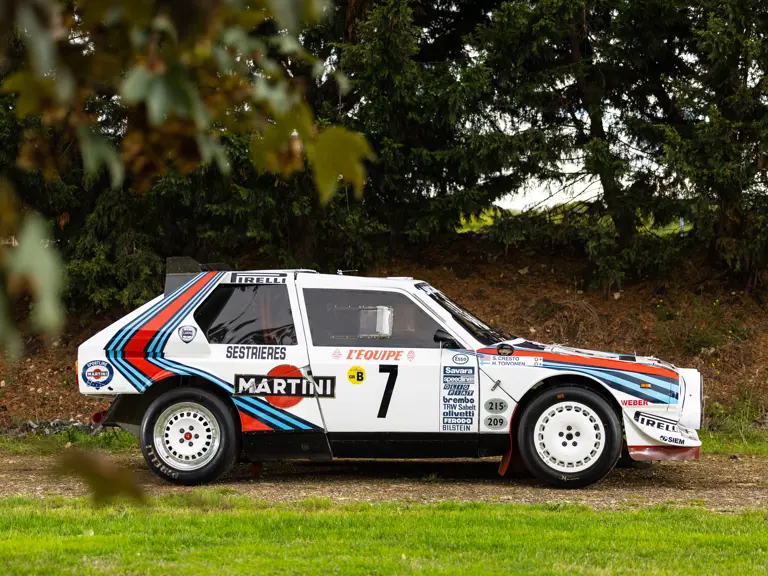

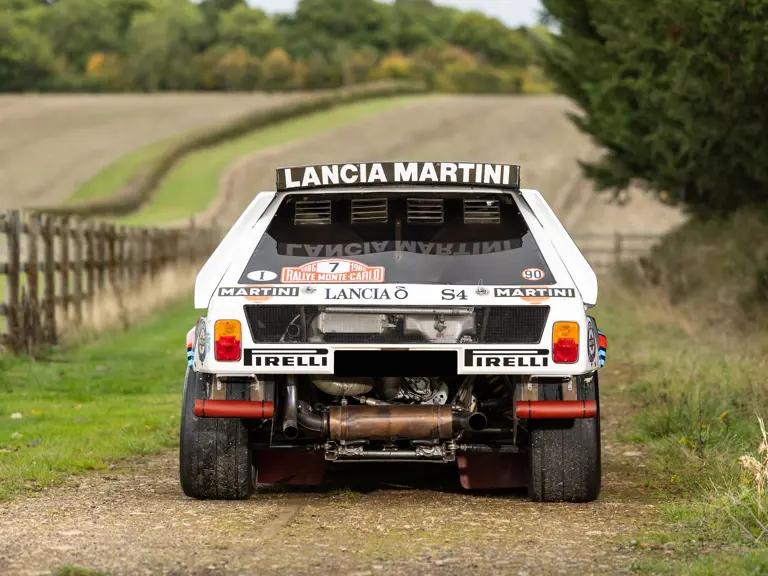
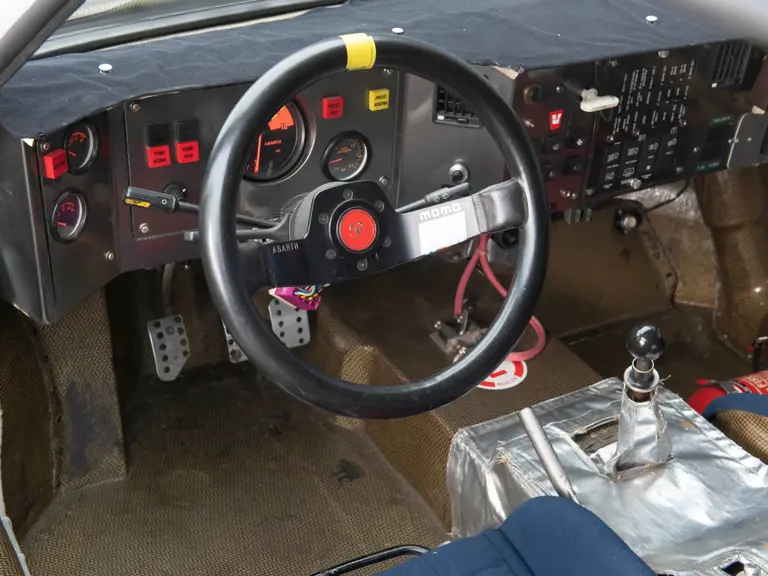
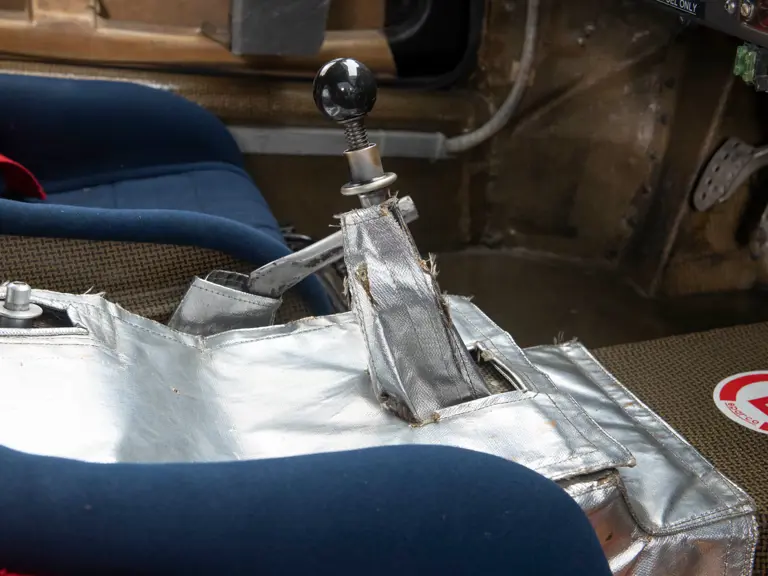
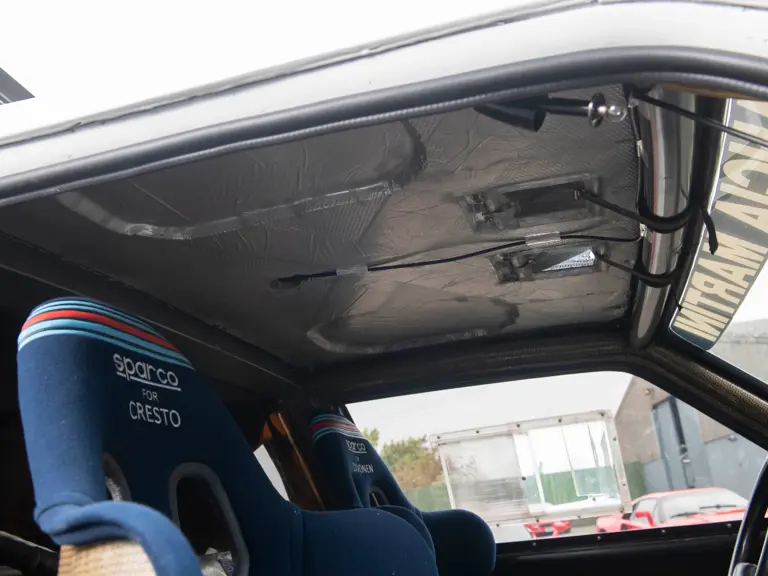


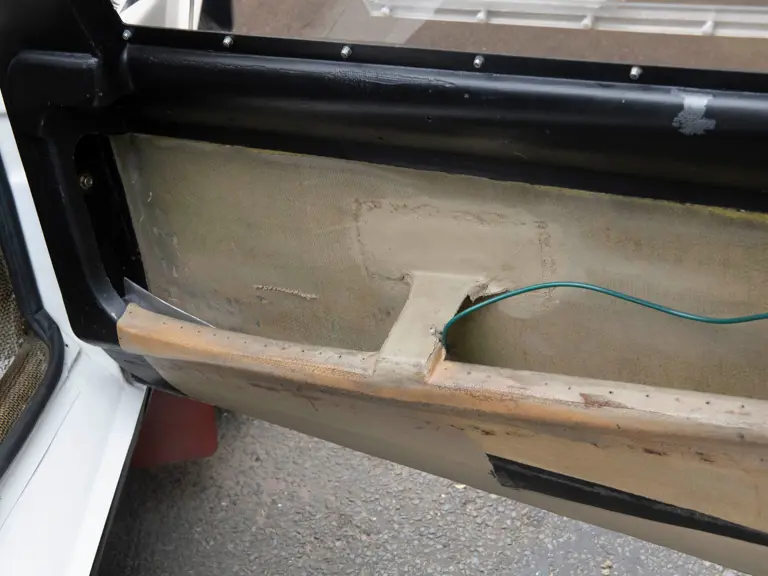
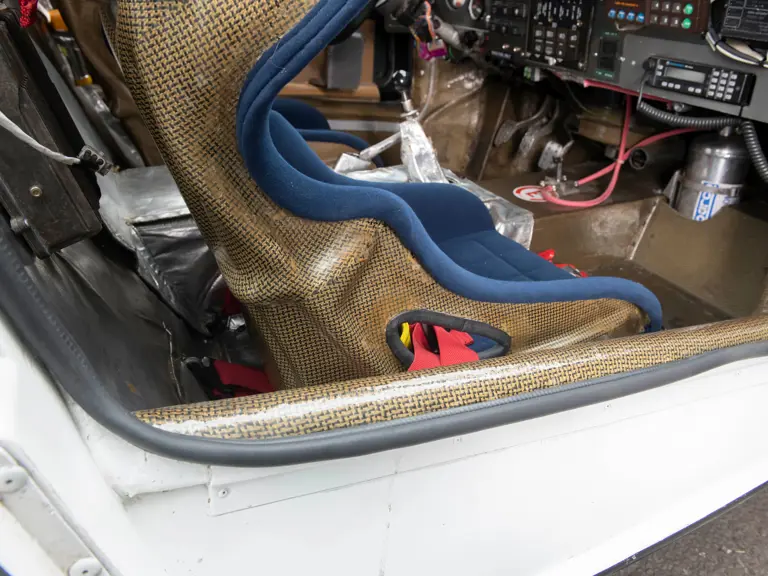
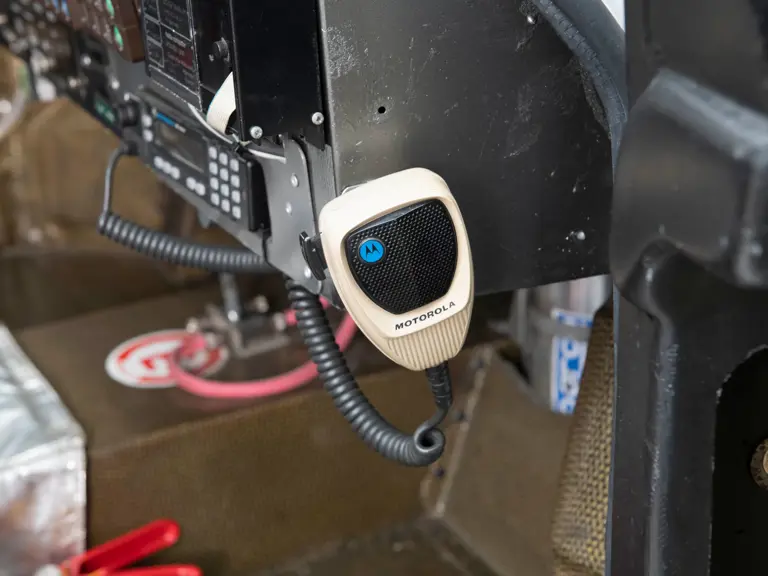
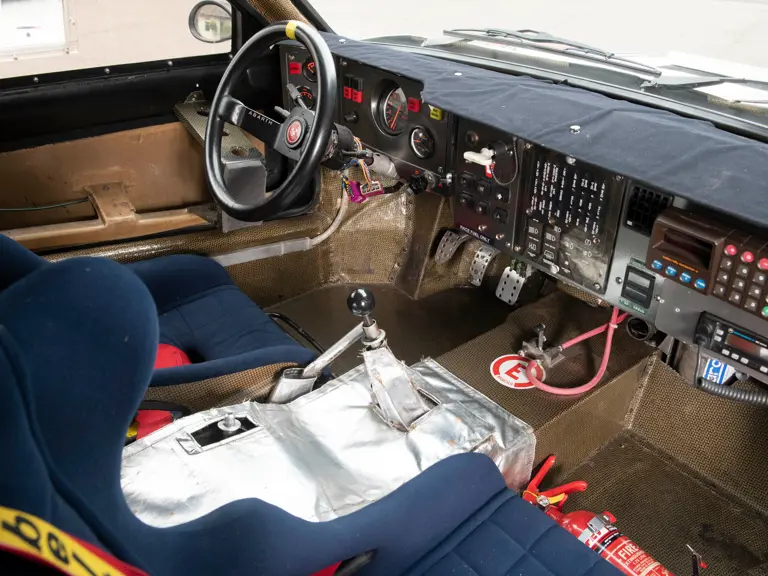
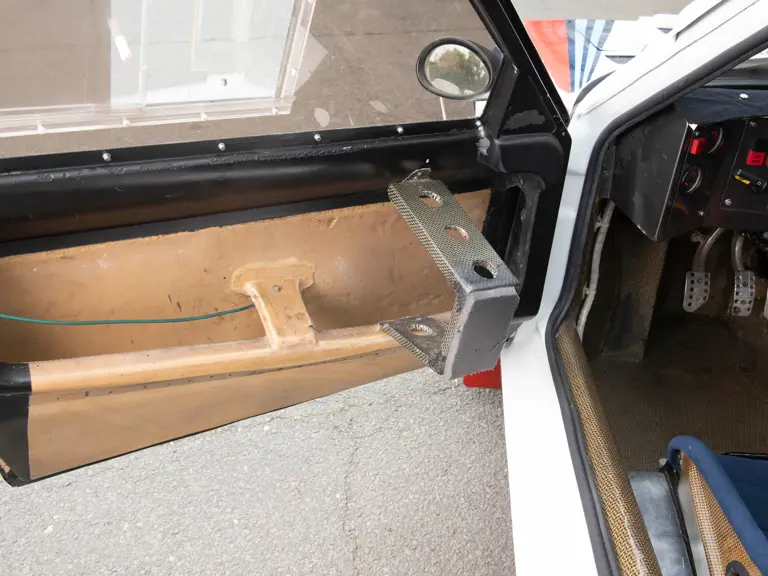

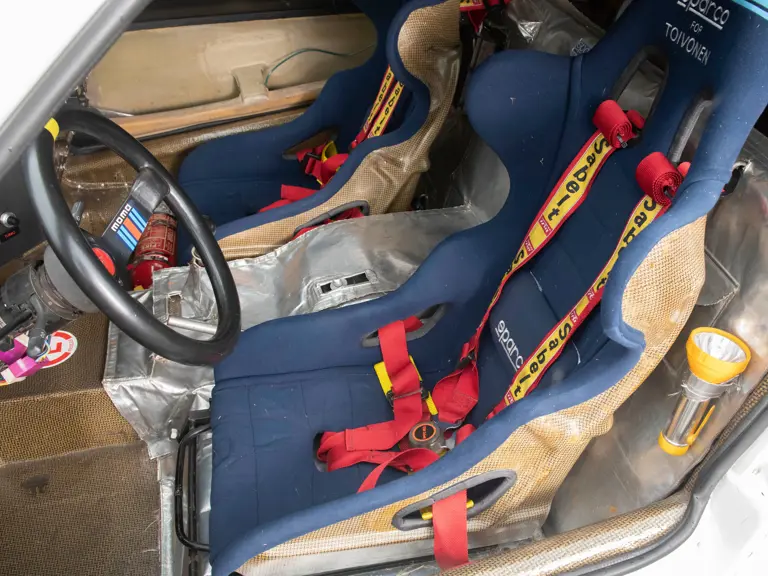
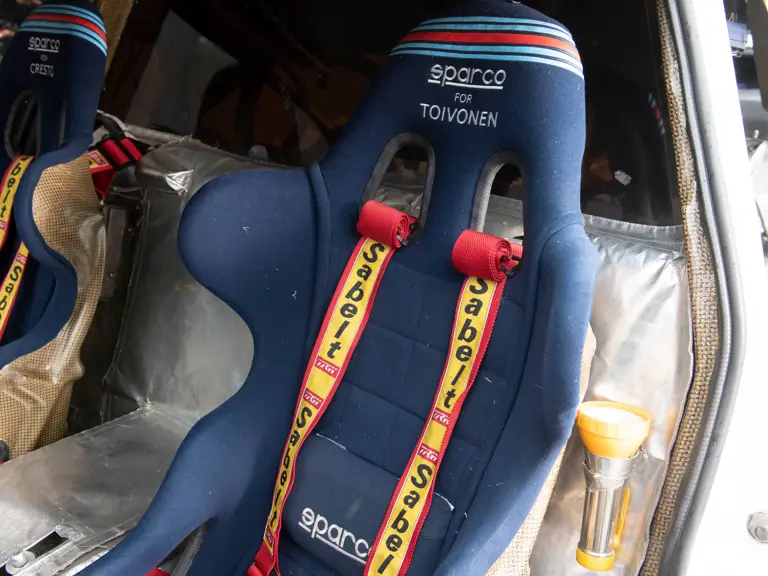

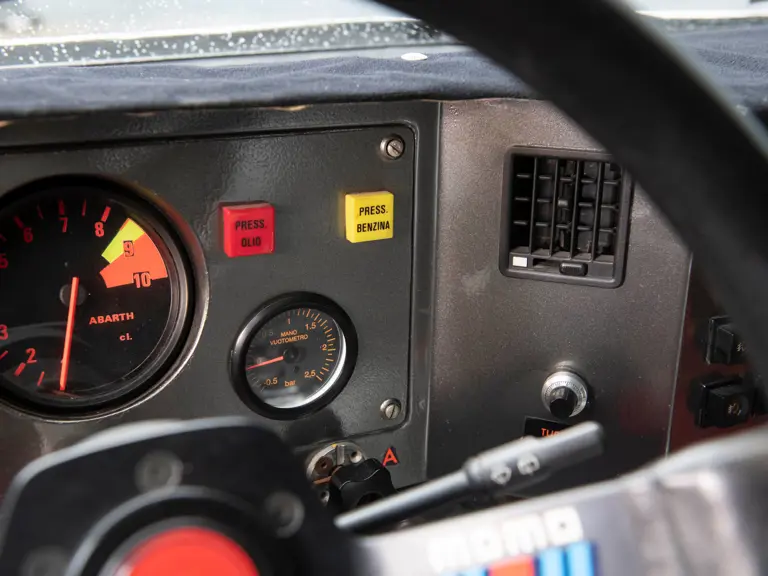
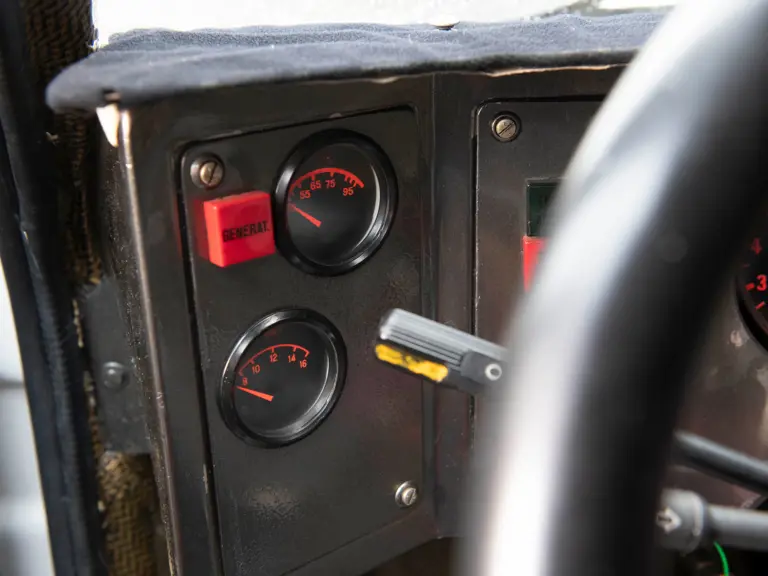
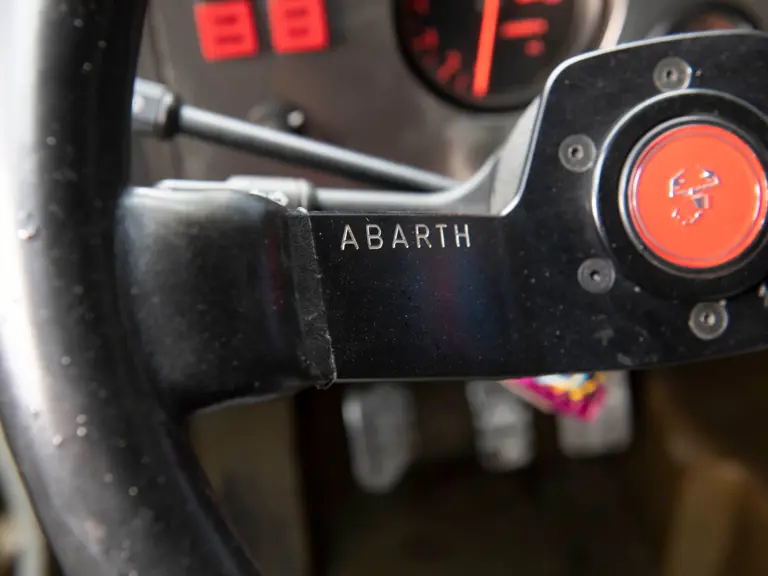
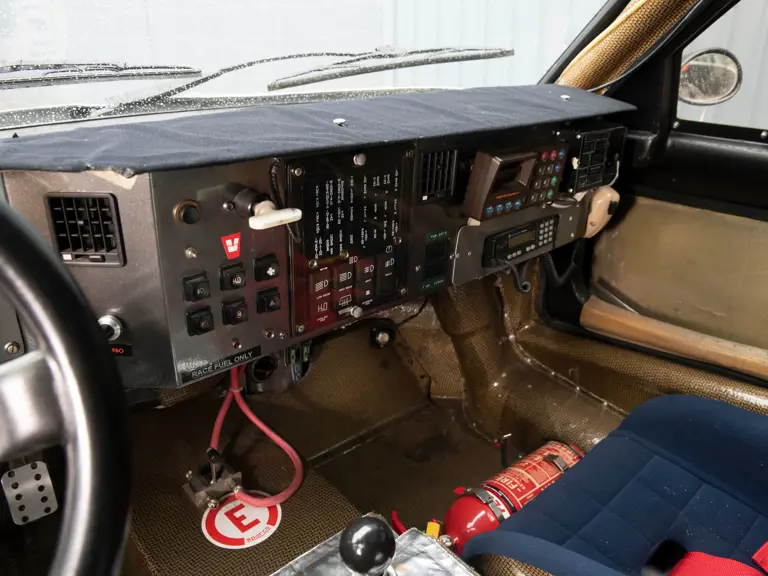
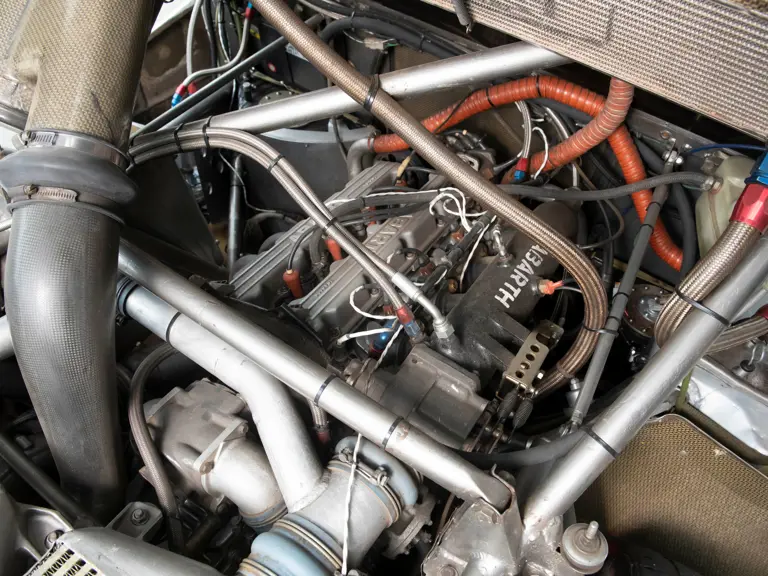
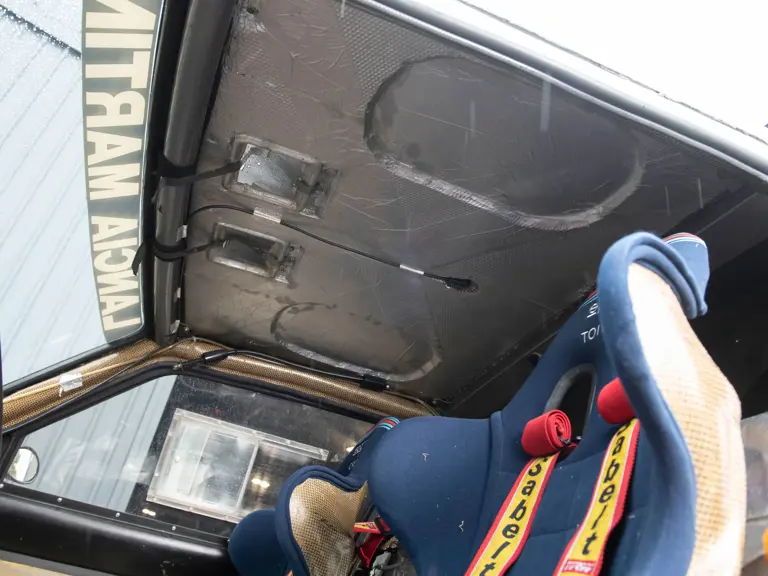


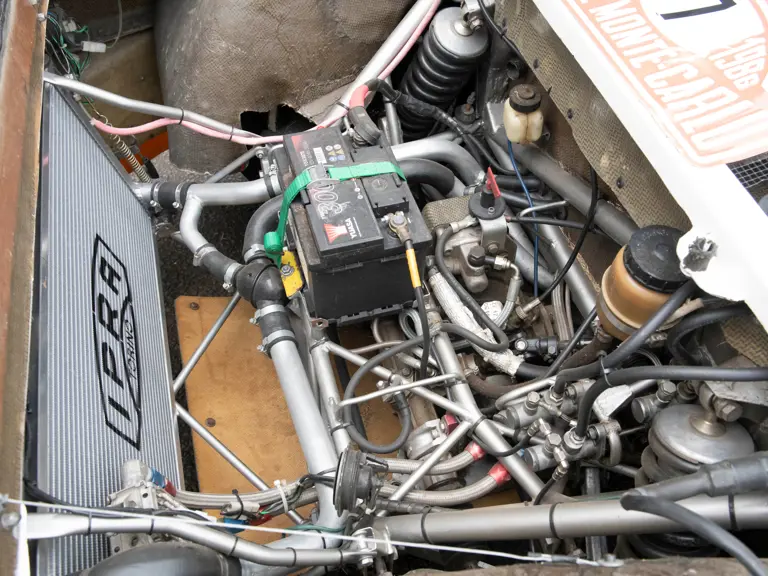



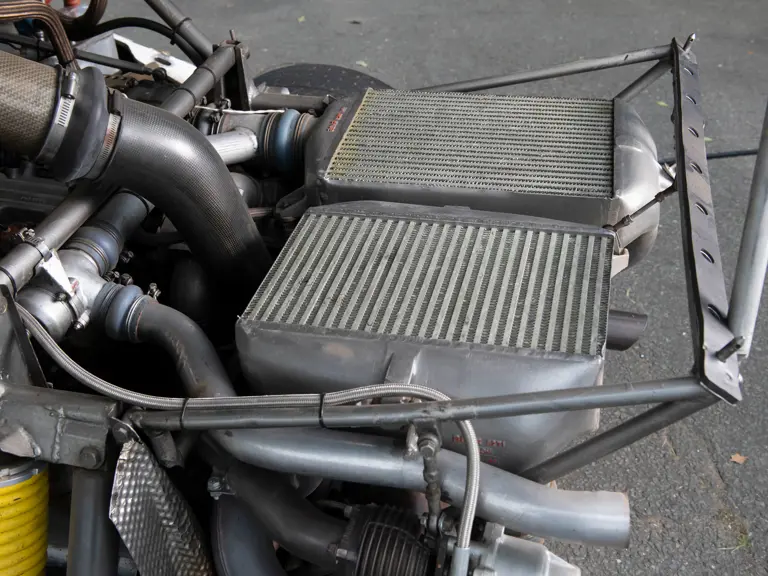
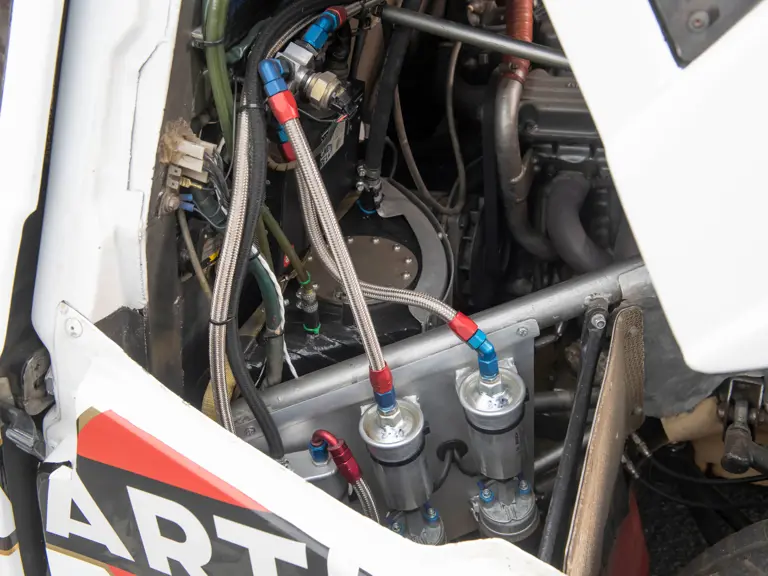
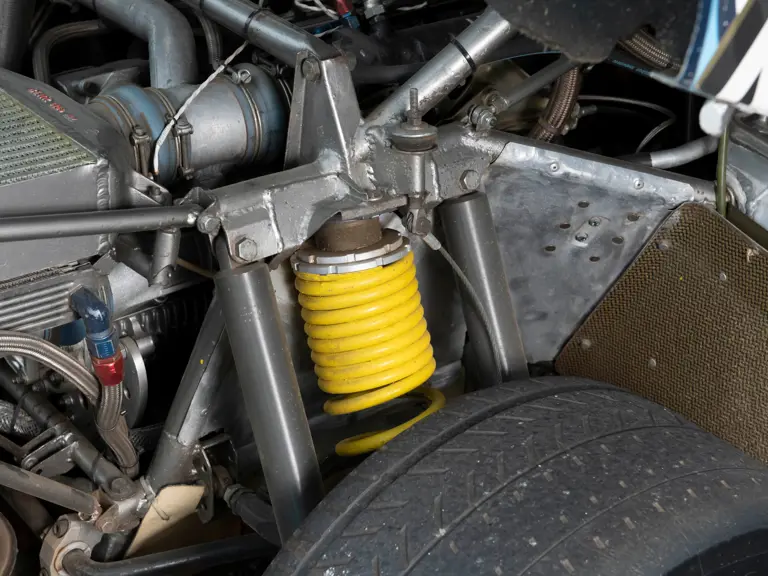
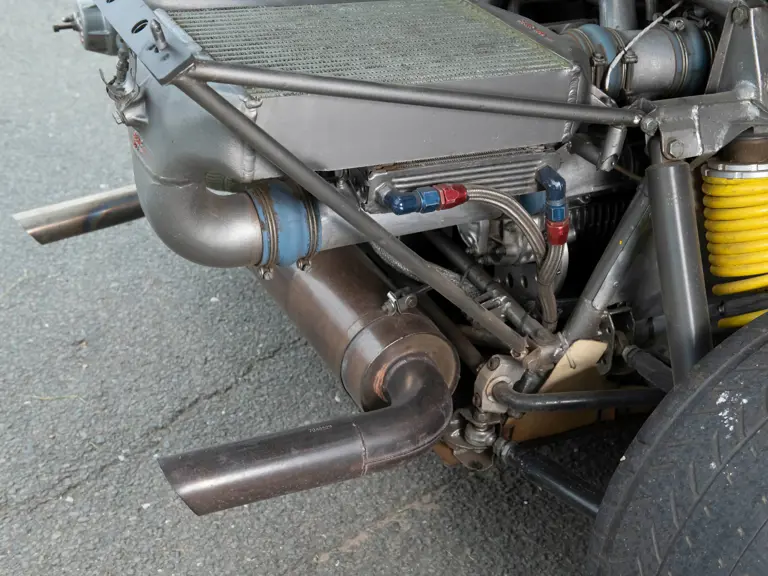
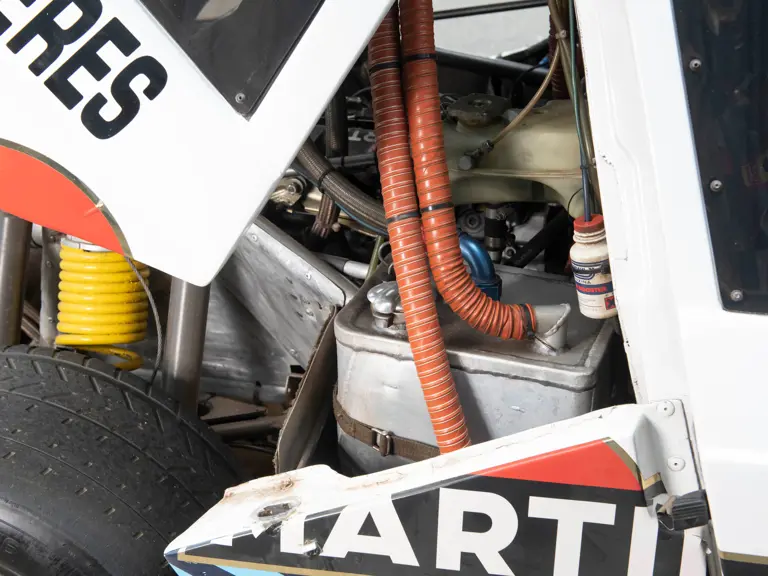

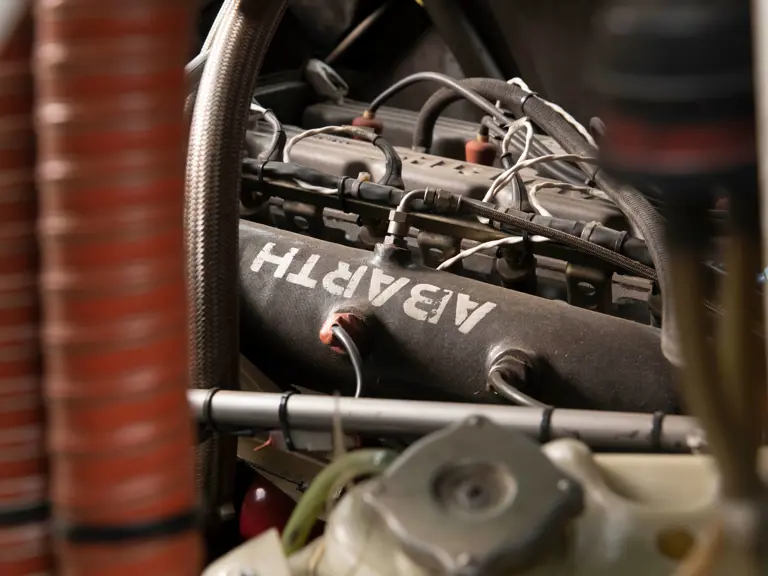
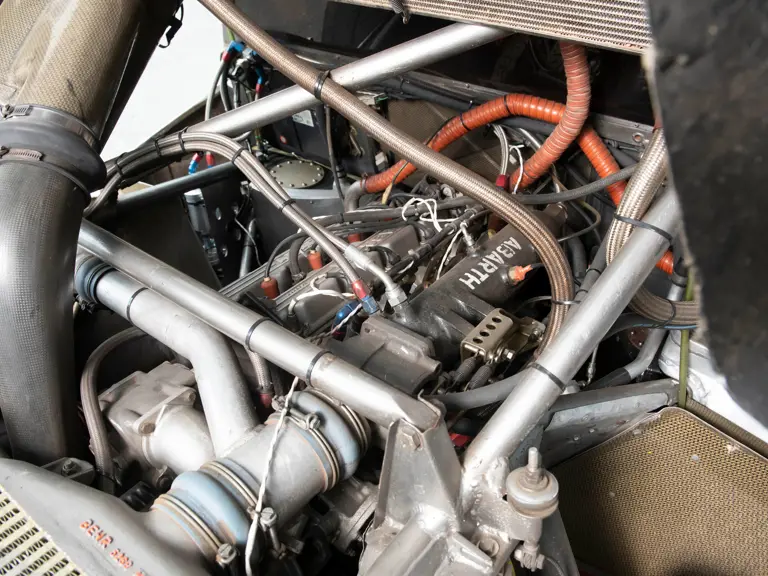
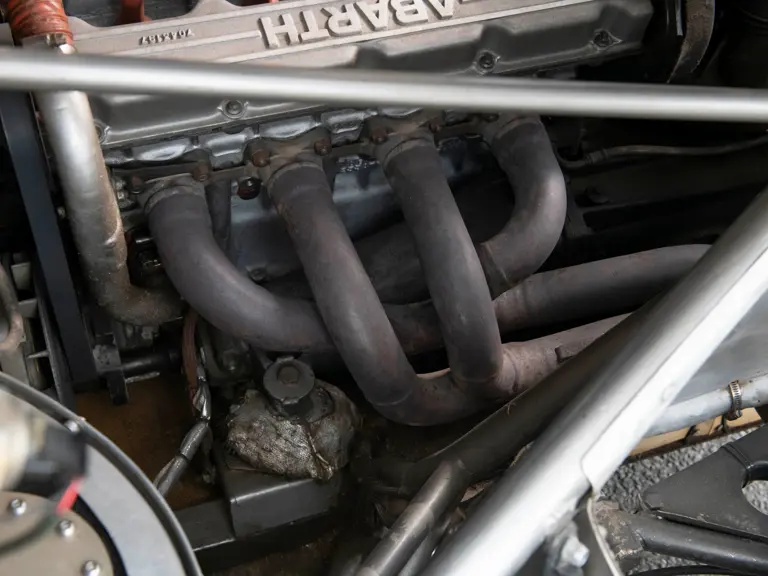
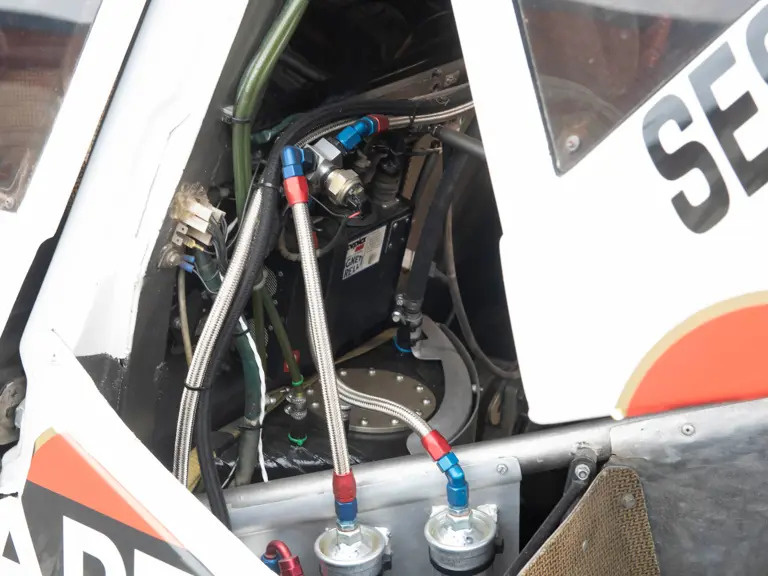


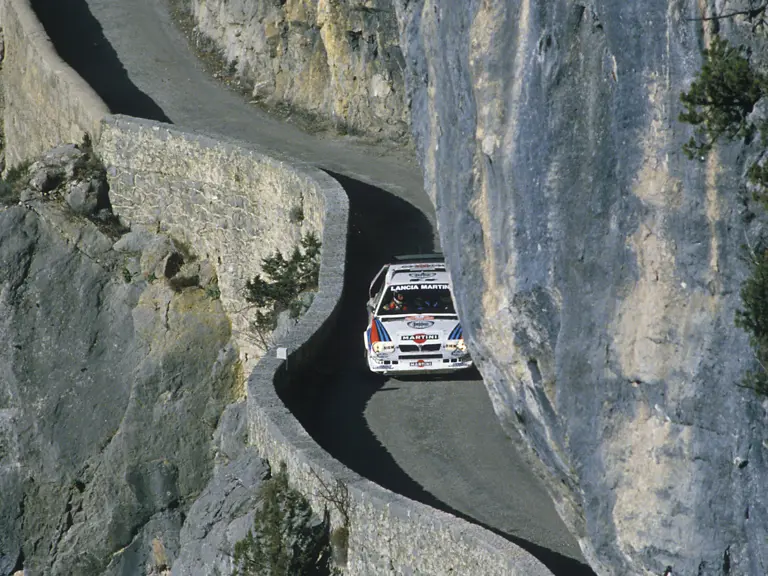

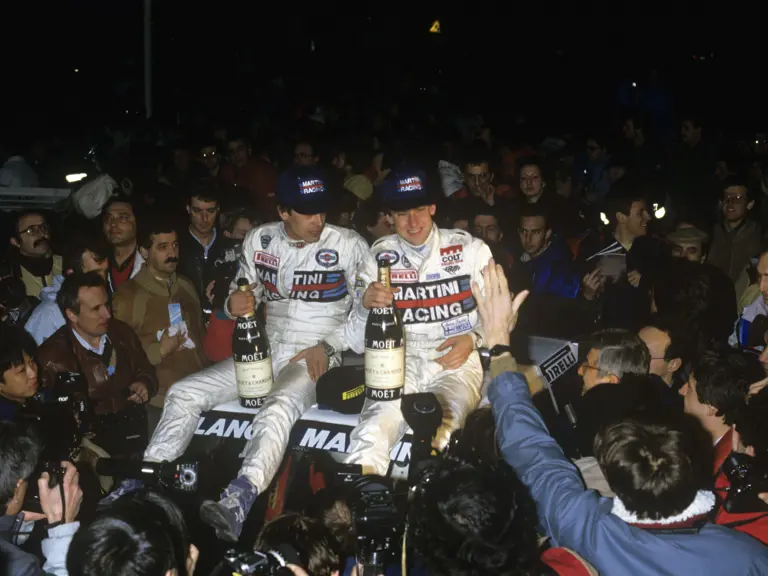
 | London, United Kingdom
| London, United Kingdom


